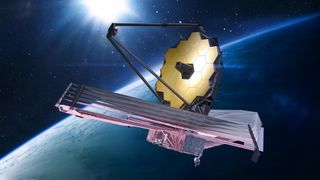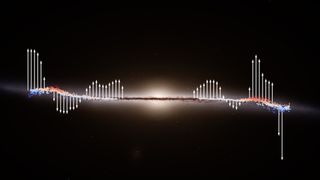stars
Latest about stars

Rarrr! James Webb telescope spots 'monster stars' leaking nitrogen in the early universe
By Elizabeth Howell published
Researchers using the James Webb Space Telescope spotted huge stars leaking nitrogen in an early galaxy, hinting that such 'monster stars' might have been the source of ancient supermassive black holes.
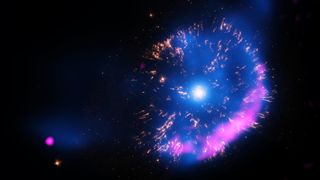
This bright star will soon die in a nuclear explosion — and could be visible in Earth's daytime skies
By Ivan Farkas published
The bright binary star system V Sagittae will flare up multiple times before finally going supernova within the next 100 years. When it explodes, it could be visible to the naked eye even in sunlit skies.
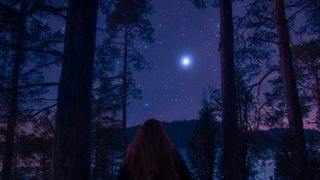
How to find the 'Christmas Star' — and what it really is
By Jamie Carter published
A brilliant point of light is rising in the eastern sky soon after dark this month, drawing comparisons to the "Star of Bethlehem."
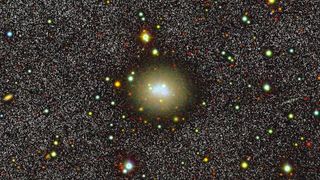
Mysterious galaxy trapped in 'the void' keeps churning out stars without fuel
By Joanna Thompson published
Researchers are puzzled as to how the dwarf galaxy NGC 6789 continues to make new stars, despite being stuck in the gas-famished Local Void.
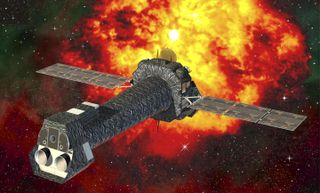
Scientists detect monster blast from nearby star that could rip the atmosphere off a planet
By Elizabeth Howell published
In a small blow to the search for extraterrestrial life, a nearby star shot out a strong enough coronal mass ejection to strip away the atmosphere of any rocky planets that could have been in the way.

James Webb telescope may have found the first stars in the universe, new study claims
By Elizabeth Howell published
The James Webb Space Telescope may have discovered Population III stars, the universe's first generation of stars. They may tell us more about how galaxies form.
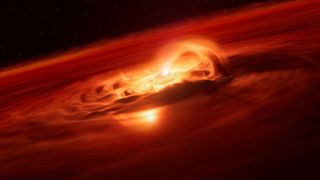
Astronomers discover bizarre 'runaway' planet that's acting like a star, eating 6 billion tons per second
By Elizabeth Howell published
The James Webb and Very Large telescopes spotted a free-floating planet accreting material at a record rate, displaying behavior similar to how stars form. Scientists aren't clear as to why.
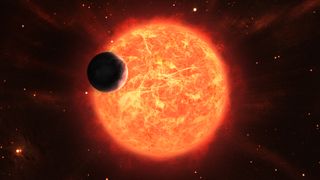
'Most pristine' star ever seen discovered at the Milky Way's edge — and could be a direct descendant of the universe's first stars
By Harry Baker published
Astronomers have discovered a surprisingly "pristine" red giant with the lowest concentration of heavy elements ever seen in a star. It is likely a direct descendant of one of the universe's first stars.
Get the world’s most fascinating discoveries delivered straight to your inbox.


